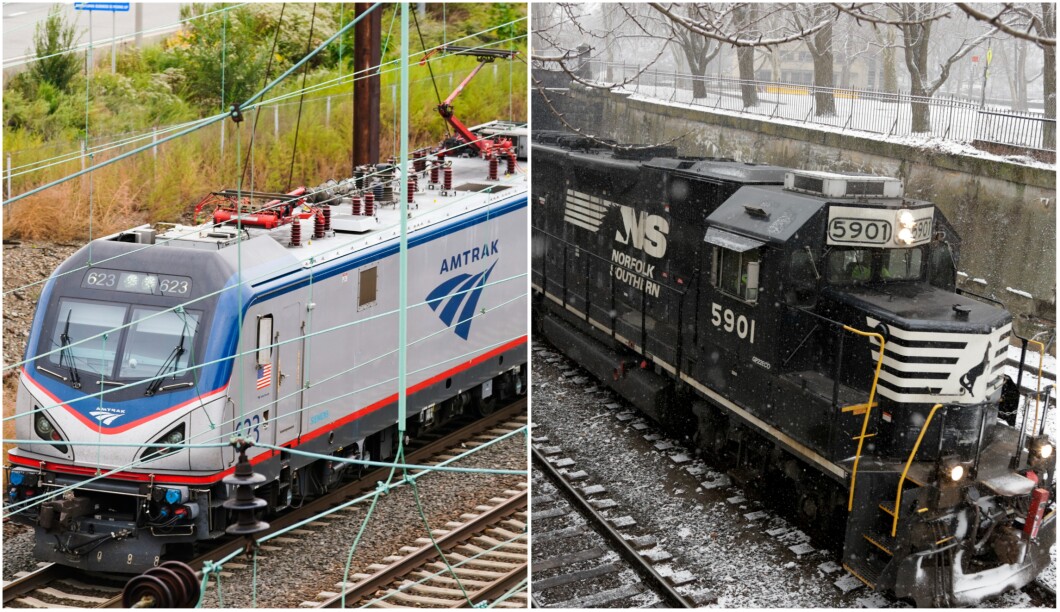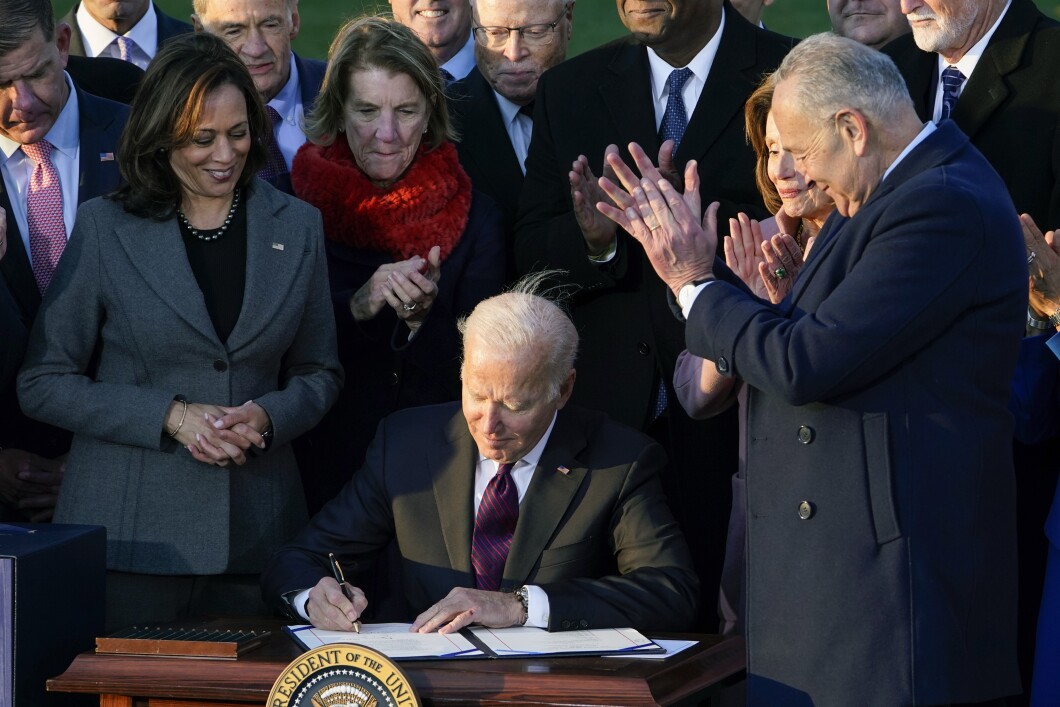
Amid the aftermath of the Ohio train derailment in which plumes of toxic chemicals were released into the air, funding for freight rail is coming under scrutiny.
The 2021 $1.2 trillion bipartisan infrastructure bill included $102 billion in rail funding, of which $66 billion is advanced appropriations and the remaining $36 billion is fully authorized funds, with the majority of funds aimed at improving passenger rail.
BUTTIGIEG BLUNDERS: THREE TIMES PETE HAS CRASHED AS TRANSPORTATION SECRETARY
Under the law, Amtrak received $41 billion in funds, divided between $22 billion in advanced appropriations and $19 billion in fully authorized funds. While other passenger rail-centric programs, including the Federal-State Partnership for Intercity Passenger Rail and the Restoration and Enhancements Grant Program, received a combined $44 billion in funds, divided between $36.25 billion in advance appropriations and $7.75 billion in fully authorized funds.

Another $5.5 billion, divided between $3 billion in advanced appropriations and $2.5 billion in fully authorized funds, goes toward the Railroad Crossing Elimination Grant Program, which aims to improve safety at railroad crossings for pedestrians and vehicles.
Only $10 billion went to the Consolidated Rail Infrastructure and Safety Improvements Program, which the Department of Transportation says “improve[s] the safety, efficiency, and reliability of intercity passenger and freight rail.”
The funds for this program were divided between $5 billion in advanced appropriations and $5 billion in fully authorized funds. One of the eligible projects the DOT lists as qualifying for this program is the “preparation of emergency plans for communities where hazardous materials are transported by rail.” The DOT has touted various projects funded by the law but has not detailed any programs related to the transportation of hazardous materials.
The 2021 bipartisan infrastructure law, officially known as the Infrastructure Investment and Jobs Act, passed the Senate 69-30, with 29 Republicans joining to pass the bill, and passed the House 228-206, with six Democrats voting against and 13 Republicans voting for the bill. President Joe Biden signed the bill into law in November 2021.

CLICK HERE TO READ MORE FROM THE WASHINGTON EXAMINER
The derailment on the evening of Feb. 3 in East Palestine, Ohio, involved a train that was carrying 20 cars of hazardous materials, with 11 of those derailing, causing environmental and safety concerns to the surrounding area. The National Transportation Safety Board said 38 train cars came off the tracks, with a fire damaging an additional 12 train cars.
Shortly after the derailment, the area was evacuated due to concerns about the materials on the train, including vinyl chloride, phosgene, and hydrogen chloride. Officials have since lifted the evacuation orders and now say the water in the municipality is safe to drink, but locals and others are expressing concern over the lasting effects of the toxins.







